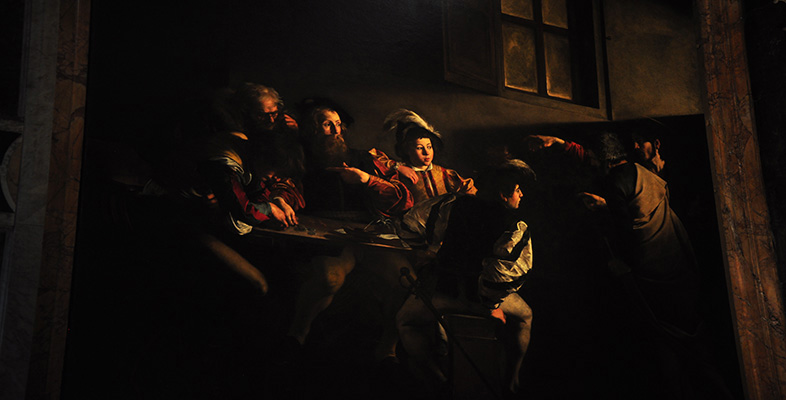2.1 ‘Every painter paints himself’?
Art history methods of biography or ‘Life’ writing attempt to link an artist to his art. Why do we need to know about an artist's life to know about his art in the first place? Why might Helen Langdon want to explain Caravaggio the man and not just his world or his art? Behind this questions lies a problem central to art history. Do we need to know about artists to know about their art?
Martin Kemp gives the link between an artist and his art a historical complexion:
The notion that there was something inherent in each artist at the deepest level found expression in the idea that ‘every painter paints himself’ – a tag that seems to have gained popularity in late fifteenth-century Florence … it was already expressed with some sophistication by Girolamo Savonarola, the reforming Dominican, whose fiery preaching was to precipitate the fall of the Medici in 1494. In one of his sermons on Ezekiel, he claimed that,
Every painter paints himself. He does not paint himself as being a man, because he makes images of lions, horses, men and women that are not himself, but he paints himself as a painter, that is according to his concept [concetto]; and although the fantasie and figures that the painters paint will be diverse, they will all correspond to this concept. So too the philosophers, because they were proud, described God in swollen and haughty ways.
This idea could be expressed literally in terms that each painter tended to make all his figures look somewhat like himself, and more generally in that the character of a particular artist's personality was mirrored in his works. Thus a devout master, such as Fra Angelico, would paint serenely devout works, while an irascible master like Castagno would exhibit a fiercer aria in his paintings. In the hands of Leonardo, Vasari and other later authors, the identity of virtuous artists with virtuous works … became a central plank in the requirements for good art.
(Kemp, 1997, p. 242)
Activity 6
Giorgio Vasari, for example, claims in his Lives of the Artists (1550) that it is the artists who have led virtuous lives who he also judges to have produced good art (see Rubin, 1995). According to the two early biographers of Caravaggio you read in Section 1.4, (Mancini and Bellori, see below), did Caravaggio's personality affect his painting?
Click to read the Mancini source [Tip: hold Ctrl and click a link to open it in a new tab. (Hide tip)] .
Click to read the Bellori source.
Discussion
Mancini and Bellori certainly link Caravaggio's art with his personality: Mancini says that he would have lived longer and established a workshop and contributed to the future of art if he had been less unruly. They are primarily concerned with his attention to ‘naturalism’ and with his care, or lack of it, to take studies from nature. Caravaggio's ‘mere copying’ put him at odds with the intellectual current in the classicising art of his colleagues. Bellori suggests that Caravaggio supplied an easy option for young artists who therefore lacked discipline in their practice and simply tried to outdo one another.
These are powerful models for any writer about Caravaggio. The way that Caravaggio's art was judged depended more on sixteenth- and seventeenth-century Renaissance rhetorical traditions which deliberately link his art and life than on any objective analysis of his work.
